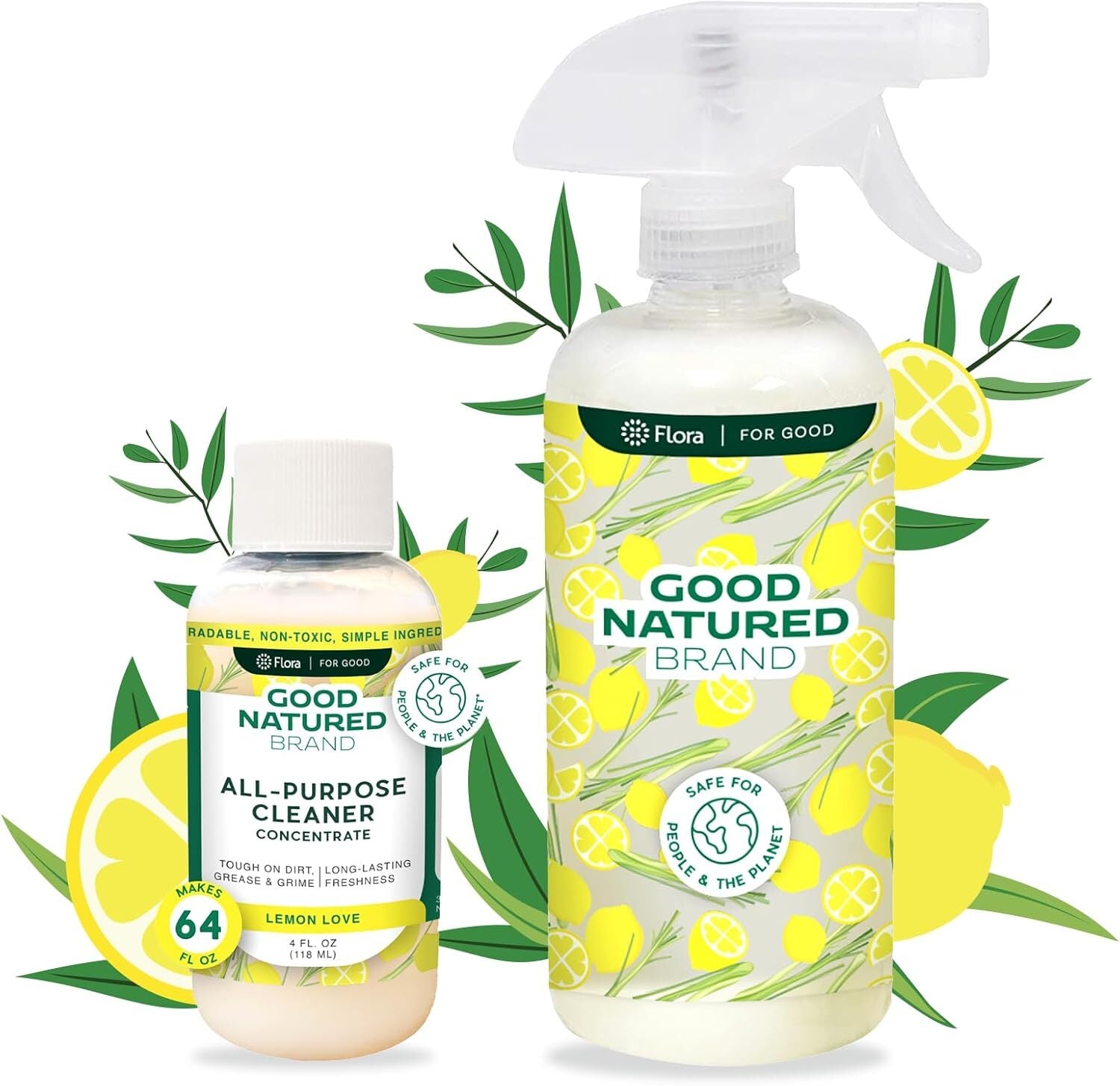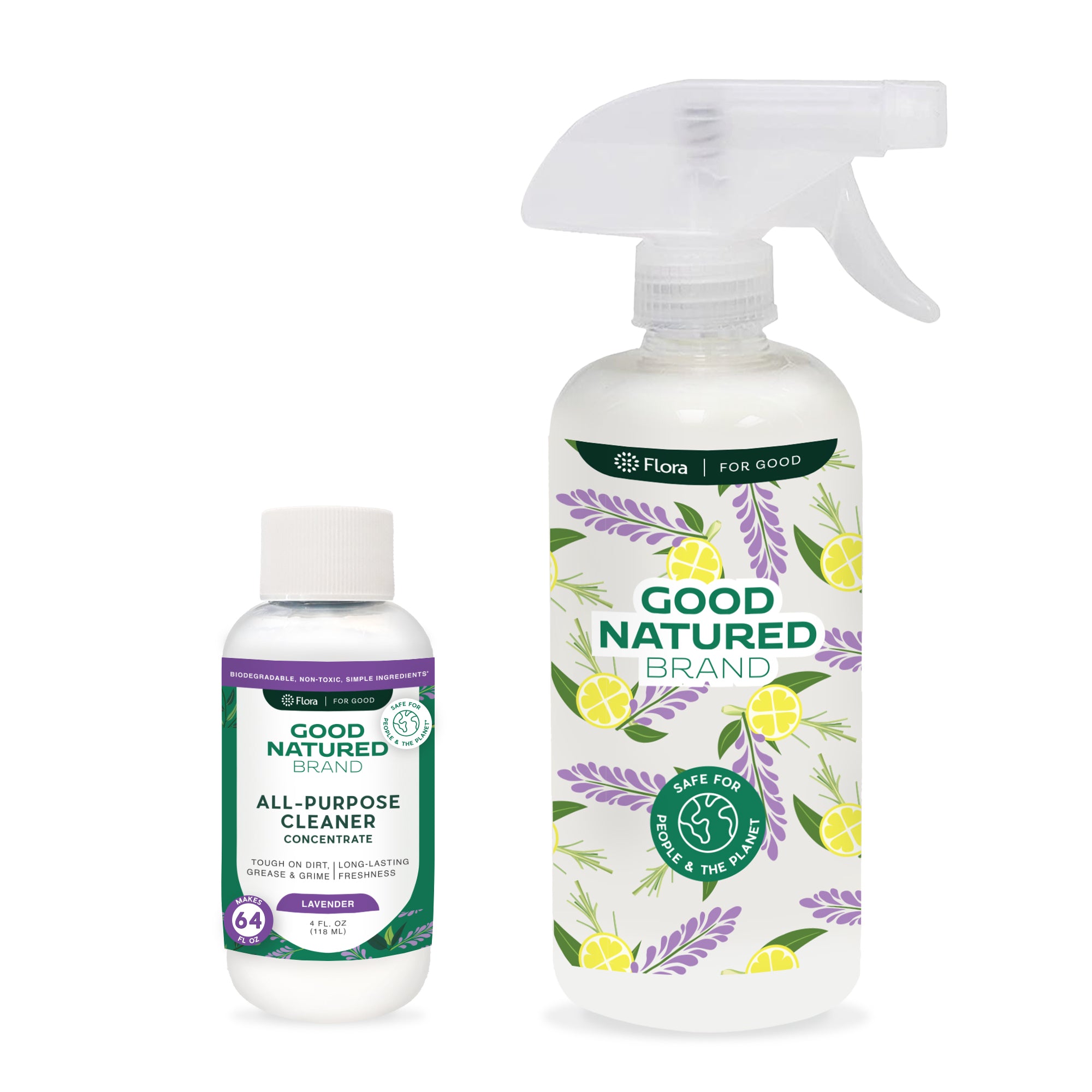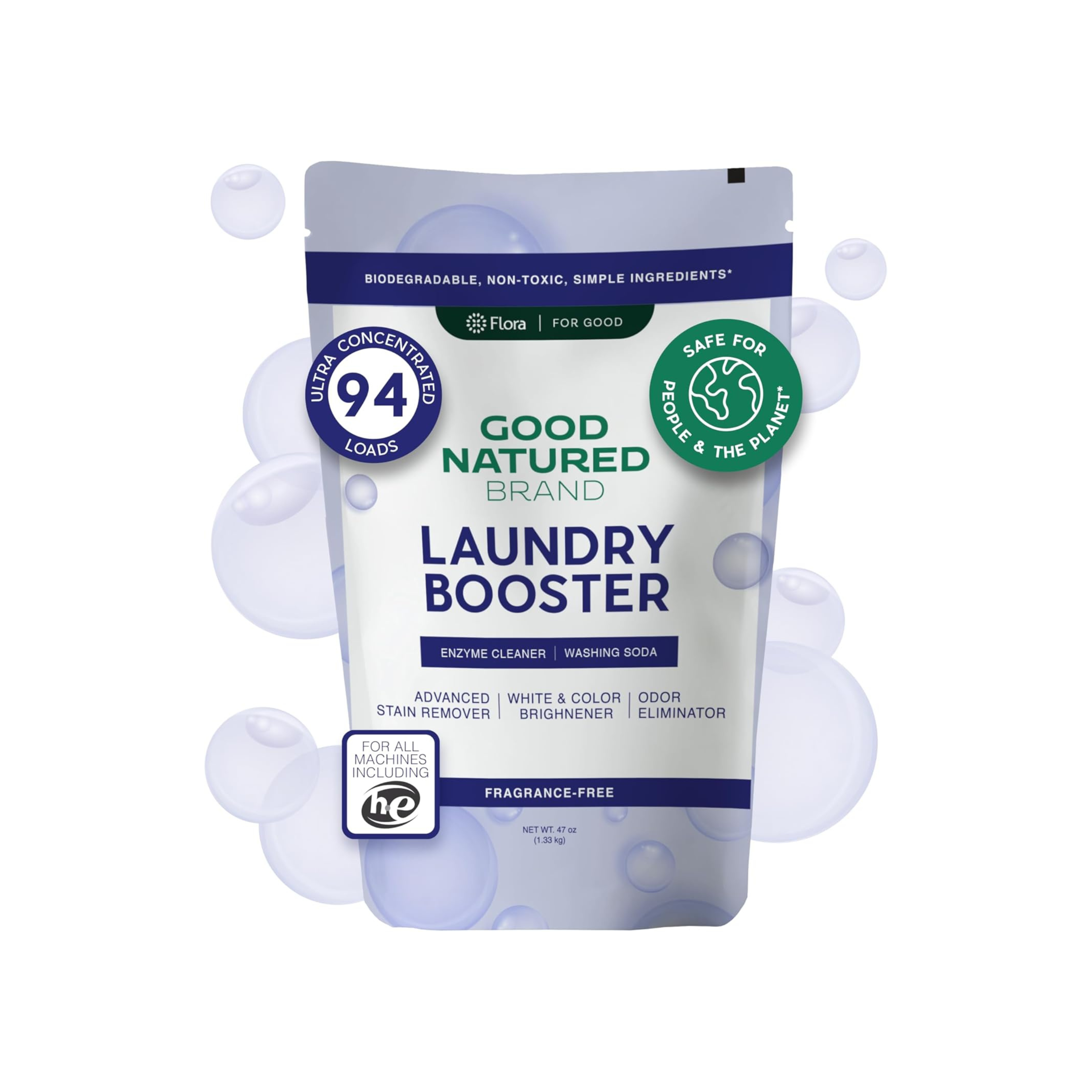Why Understanding Your Puppy’s Behavior Is Crucial for New Owners
Bringing a puppy into your home is an exciting and joyful experience, but it also comes with its challenges. As a new puppy owner, understanding your puppy’s behavior is crucial to building a strong, trusting relationship and ensuring a smooth transition into your home. Puppies, much like human infants, are constantly learning about the world around them, and their behavior is a way of expressing their needs, desires, and emotions. By learning to recognize and interpret these behaviors, you’ll be able to address issues early and raise a well-adjusted, happy dog.
A puppy’s behavior can be a reflection of their developmental stage, temperament, and environment. For instance, a puppy who chews on furniture or barks excessively might simply be going through a phase or may need more stimulation and training. Understanding why your puppy is acting the way they do allows you to respond appropriately, offering guidance, love, and the right amount of discipline.
By addressing your puppy’s behaviors early on, you set the foundation for good habits and ensure that your puppy matures into a well-behaved adult dog. Positive reinforcement and understanding are key to shaping their behavior in a way that strengthens your bond and keeps them safe.
Common Puppy Behavior Challenges
Puppies are full of energy, curiosity, and sometimes frustration as they explore the world. As a new owner, you’ll likely encounter a few behavioral challenges as your puppy learns to navigate their new environment. Let’s take a look at some of the most common puppy behavior issues you may face.
Chewing, Biting, and Teething
Chewing and biting are natural behaviors for puppies, especially during the teething phase. As their baby teeth fall out and adult teeth emerge, puppies often chew on things to relieve discomfort. However, this can lead to chewed-up furniture, shoes, and other household items.
To prevent this, it’s important to provide your puppy with appropriate chew toys and teach them what is and isn’t acceptable to chew. Redirecting their attention from your furniture to their toys will help them learn what’s safe to bite. If you catch your puppy chewing on something they shouldn’t, immediately provide a chew toy as a substitute, praising them when they choose the right item.
To keep your home tidy and avoid lingering odors from puppy accidents, use Carpet Deodorizers to maintain a fresh environment. These products are designed to remove pet odors effectively, so your home stays clean while you work through training.
Potty Training and Accidents
One of the most common challenges new puppy owners face is potty training. Puppies don’t have control over their bladder and bowels at first, and it’s up to you to establish a consistent routine. Accidents in the house are inevitable at first, but patience, consistency, and positive reinforcement will help your puppy understand where it’s appropriate to relieve themselves.
To set your puppy up for success, establish a consistent schedule for bathroom breaks. Take your puppy outside after meals, when they wake up, and after playtime. Praise them when they do their business outside, reinforcing the desired behavior. Avoid punishment for accidents; instead, clean up messes with All-Purpose Cleaners to remove odors and prevent your puppy from returning to the same spot. The right cleaner will also ensure your home remains fresh and hygienic during the training process.
Socialization and Interaction with Other Pets and Humans
Socializing your puppy is one of the most important things you can do to ensure they grow up to be well-adjusted and friendly. Puppies are more impressionable in the early stages of life, so exposing them to different environments, people, and animals can help prevent fear or aggression issues later on. Introduce your puppy to other pets and people in a controlled, positive manner, offering treats and praise to reinforce calm, friendly behavior.
However, socializing a puppy can sometimes lead to challenges, especially if they become overwhelmed or fearful in new situations. Pay attention to your puppy’s body language to ensure they’re comfortable, and take things slowly, building up their confidence over time.
For cleaning up any messes that might arise from socializing or accidents during training, Laundry Powders are ideal for washing bedding, clothes, and other fabrics that may need a freshening up. These products are safe and gentle, ensuring your puppy's things stay clean and free of harsh chemicals.
Excessive Barking and How to Manage It
Barking is a natural form of communication for puppies, but it can become problematic if it becomes excessive. Puppies bark to express excitement, alert you to potential threats, or demand attention. Understanding why your puppy is barking is key to managing this behavior.
If your puppy barks excessively out of excitement or anxiety, it’s important to teach them when it’s appropriate to bark and when it’s not. Redirection, along with commands like “quiet” or “enough,” can help curb unnecessary barking. Provide plenty of playtime and mental stimulation to tire your puppy out and reduce the urge to bark out of boredom.
Understanding Puppy Energy and Hyperactivity
Puppies are naturally full of energy and will need plenty of exercise to burn off that excess enthusiasm. A lack of physical and mental stimulation can result in hyperactive behaviors such as jumping, chewing, or excessive barking. It’s important to provide your puppy with regular opportunities for play, walks, and mental stimulation to prevent pent-up energy from manifesting as undesirable behavior.
Ensure that your home is puppy-proofed and safe for their exploration. Keeping things organized and removing any tempting items will make it easier to prevent destructive behaviors. If your puppy is particularly energetic, consider using Carpet Deodorizers to maintain a clean, odor-free environment while they explore and play.
Decoding Your Puppy’s Body Language and Communication
Puppies, much like adult dogs, communicate primarily through their body language. Understanding how your puppy uses their body to express emotions and needs is essential in addressing their behavior effectively. Puppies can’t speak in human terms, but their actions and postures can convey a wealth of information.
How Puppies Communicate: The Basics of Body Language
A puppy’s ears, tail, posture, and facial expressions all work together to communicate how they’re feeling. Recognizing these signals can help you understand what your puppy needs and when they might be feeling stressed or overwhelmed.
-
Ears: The position of your puppy’s ears can tell you a lot about how they’re feeling. Ears that are held back against the head typically indicate fear or anxiety. Ears that are upright and forward-facing show alertness and curiosity. Relaxed ears signal contentment and comfort.
-
Tail: A wagging tail generally signifies excitement or happiness, but the speed and position of the tail provide additional insight. A fast wagging tail that’s held high usually indicates excitement, while a slow wag can signify uncertainty or wariness. A tucked tail often signals fear or submission, whereas a stiff, high tail can indicate dominance or aggression.
-
Posture: The way your puppy stands and moves can indicate their confidence level. A relaxed stance with loose body language suggests comfort, while a tense posture or rigid body could signal stress, aggression, or fear. Pay attention to your puppy’s body language in different situations to gauge how they’re feeling and respond accordingly.
-
Facial Expressions: Puppies use their faces to express a wide range of emotions. A relaxed face with soft eyes indicates calmness, while wide, alert eyes might suggest curiosity or excitement. A puppy that is showing their teeth or has a stiffened face may be displaying aggression or discomfort.
By understanding your puppy’s body language, you’ll be able to respond to their needs more effectively, whether it’s offering comfort during a stressful situation or rewarding them for calm behavior.
How to Read Your Puppy’s Emotions
Understanding what your puppy is feeling is crucial to addressing their behavior. Puppies express a range of emotions, from excitement and happiness to fear, anxiety, and even aggression. By learning how to recognize these emotions, you’ll be better equipped to handle various behavioral challenges.
-
Signs of Happiness and Excitement: A happy puppy will often have a wagging tail, a relaxed body, and an eagerness to interact with you. They might jump up in excitement when they see you or a favorite toy. Playful behavior, such as pouncing, wagging, and running around, is also a sign of a happy and energetic puppy.
-
Signs of Fear and Anxiety: Puppies can become anxious or fearful in unfamiliar situations, such as when they’re introduced to new people or other animals. Signs of fear include cowering, tail tucking, whining, or retreating to a safe space. It’s essential to provide reassurance and avoid forcing your puppy into situations where they feel uncomfortable.
-
Signs of Aggression: While aggression in puppies is less common than in adult dogs, it can still occur, especially if they feel threatened or overstimulated. A puppy showing aggression might growl, show their teeth, or adopt a stiff posture. It’s essential to recognize these signs early and address them with positive training techniques. If aggression persists, it might be a good idea to consult with a professional trainer.
Understanding your puppy’s emotional state will help you address their behavior more effectively. A calm, confident response will teach your puppy that their needs are understood and respected.
Addressing Specific Puppy Behaviors and How to Correct Them
Now that you have a better understanding of how puppies communicate, it’s time to focus on correcting specific behavioral issues. Whether it’s chewing, potty training, or dealing with hyperactivity, the right approach will help your puppy develop good habits and become a well-adjusted adult dog.
Chewing and Biting: Why Puppies Do It and How to Manage It
Chewing is a natural behavior in puppies, especially during the teething phase. Puppies explore the world with their mouths, and chewing helps soothe sore gums as their adult teeth emerge. However, this behavior can also lead to damage to furniture, shoes, or household items.
To manage chewing, it’s essential to provide appropriate chew toys. Choose toys that are durable and safe for your puppy to chew on. Whenever your puppy starts chewing on something they shouldn’t, redirect them to their chew toy and praise them for using it. This positive reinforcement will help them understand what’s acceptable to chew on.
Creating a puppy-proof environment is also crucial. Remove tempting items such as shoes, cords, and small objects that could be chewed on. If your puppy has access to a designated play area, it will be easier to monitor their behavior and prevent chewing on inappropriate items.
During training, accidents and messes are inevitable. For quick and effective cleanup, All-Purpose Cleaners are an excellent option for maintaining a fresh and hygienic environment in your home. These cleaners are perfect for wiping up any messes your puppy might create while you work on correcting their behavior.
Potty Training: Understanding and Managing Accidents
Potty training is one of the first major hurdles new puppy owners face. Puppies don’t have full control over their bladder, so accidents are to be expected. Establishing a consistent potty routine is key to teaching your puppy where and when it’s appropriate to go.
To start, take your puppy outside frequently, especially after meals, naps, and play sessions. Praise them immediately after they relieve themselves outside. Consistency and patience are critical in reinforcing good potty habits.
When accidents happen indoors, clean up quickly with products like All-Purpose Cleaners to eliminate odors and discourage your puppy from returning to the same spot. Using an enzymatic cleaner ensures that the area is thoroughly cleaned and free of lingering smells that could confuse your puppy during training.
Managing Hyperactivity and Excessive Energy in Puppies
Puppies are full of energy, and managing that energy is essential for both your puppy’s well-being and your own. Puppies that don’t get enough physical or mental stimulation may become hyperactive, leading to unwanted behaviors like jumping, barking, or chewing.
To manage your puppy’s energy, provide plenty of opportunities for exercise and play. Regular walks, playtime in the yard, and interactive toys can help tire your puppy out and prevent boredom. Mental stimulation, such as puzzle toys or training sessions, is also crucial in keeping your puppy’s mind engaged.
Creating a calming environment for your puppy can also help reduce excessive energy. Use products like Carpet Deodorizers to keep your home fresh and comfortable. A fresh-smelling environment can help reduce anxiety and make your puppy feel at ease, especially after an active play session.
Conclusion
Understanding and addressing your puppy’s behavior is an ongoing process that requires patience, consistency, and positive reinforcement. By reading your puppy’s body language, emotions, and actions, you can respond appropriately to their needs, correcting unwanted behaviors and reinforcing good ones. With the right training techniques and a clean, safe environment, you can help your puppy grow into a well-behaved adult dog.
Incorporating products like All-Purpose Cleaners, Carpet Deodorizers, and Laundry Powders into your daily routine will make it easier to keep your home fresh and clean while you work on training your puppy. Stay tuned for more tips on managing puppy behavior and creating a harmonious home for you and your new furry friend!

























